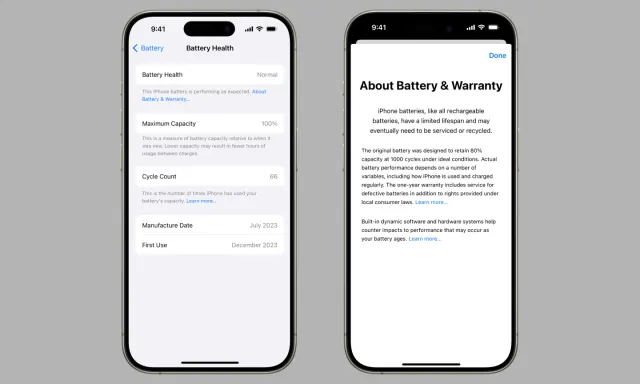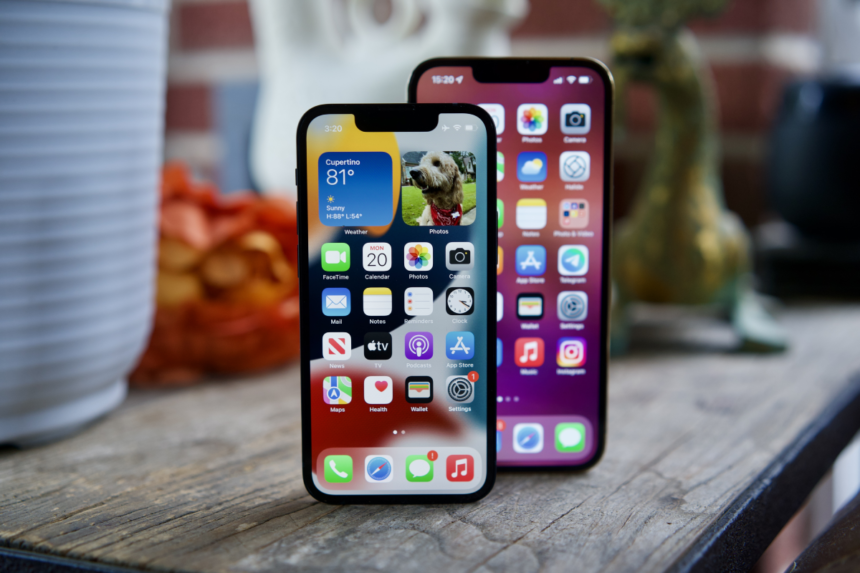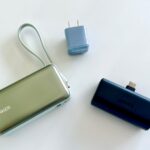Apple has improved the battery life of the iPhone 15. Without any new hardware or software changes, the company announced on Tuesday that its most recent iPhones can maintain 80 percent of their initial charging capacity after 1,000 cycles, which is double the previous estimate. Not surprisingly, the modification will take effect in time for impending EU laws that would classify phone battery life according to energy efficiency.
Before today, Apple’s online support documents quoted iPhone batteries as maintaining 80 percent of their original full charge after 500 cycles. But after the company retested long-term battery health in its 2023 smartphones — iPhone 15, iPhone 15 Plus, iPhone 15 Pro and iPhone 15 Pro Max — it found they can retain 80 percent capacity after at least 1,000 cycles. The company said its support documents will be updated on Tuesday to reflect the new estimate.
Apple says its testing involved charging and draining the batteries 1,000 times under specific conditions and a suite of tests reflecting common uses. As for how the estimate doubled without any physical or software changes, the company attributes the upgrade to continual improvements to its battery components and iOS power management.
For older (pre-2023) iPhones, the original estimate of retaining 80 percent capacity after 500 charge cycles still stands — at least for now. Apple said it’s looking into whether older models’ estimates need to be updated.

Starting in June 2025, smartphone and tablet manufacturers doing business in the EU will be assigned a grade (A to G) indicating their energy efficiency, battery longevity, protection from dust and water and resistance to accidental drops. The battery longevity portion of the grade requires at least 800 charging cycles while retaining at least 80 percent of their original capacity, helping explain why Apple began retesting its devices’ long-term health.
For ideal battery longevity, Apple recommends keeping your phone in temperatures between 62 and 72 degrees Fahrenheit when possible. You’ll also want to avoid charging or leaving your handset in hot environments (95 degrees or warmer) while trying to avoid much direct sun exposure. In addition, if you’re storing an old iPhone long-term, it’s best to leave it half-charged.
In addition, Apple will soon move one of your phone’s most essential battery metrics to a different part of iOS settings. Beginning in iOS 17.4, currently in beta, the battery cycle count will move from Settings > General > About to a more logical home under Battery Health (under Settings > Battery). Apple introduced the battery cycle count to its mobile software in iOS 17, which was launched last fall.





